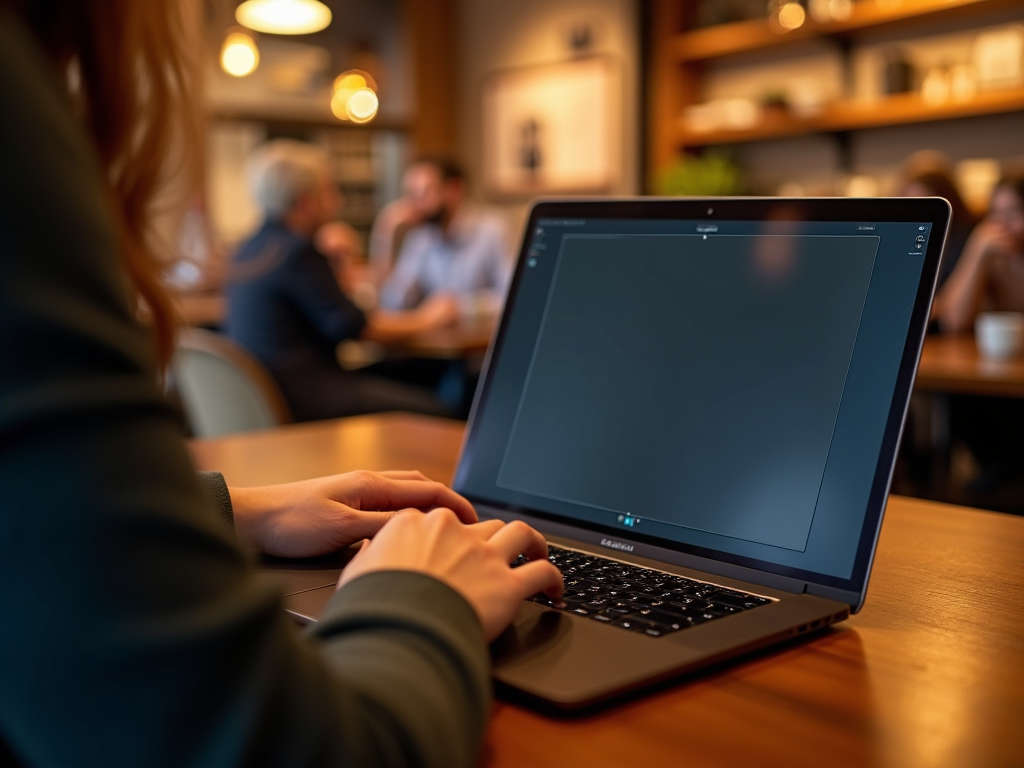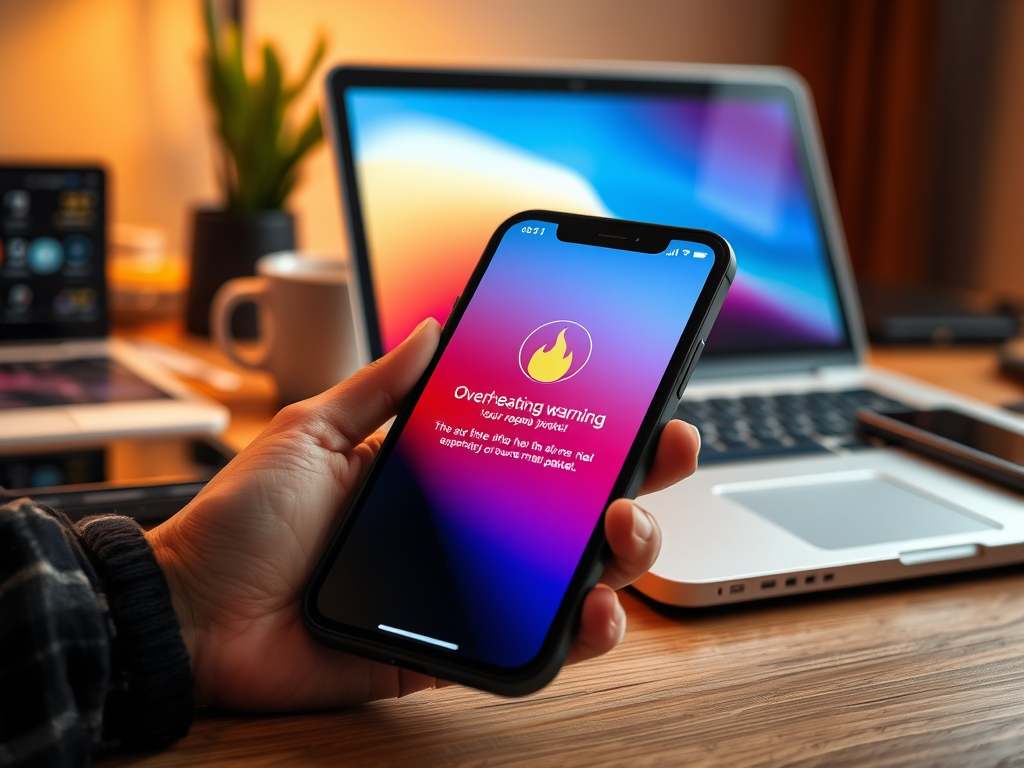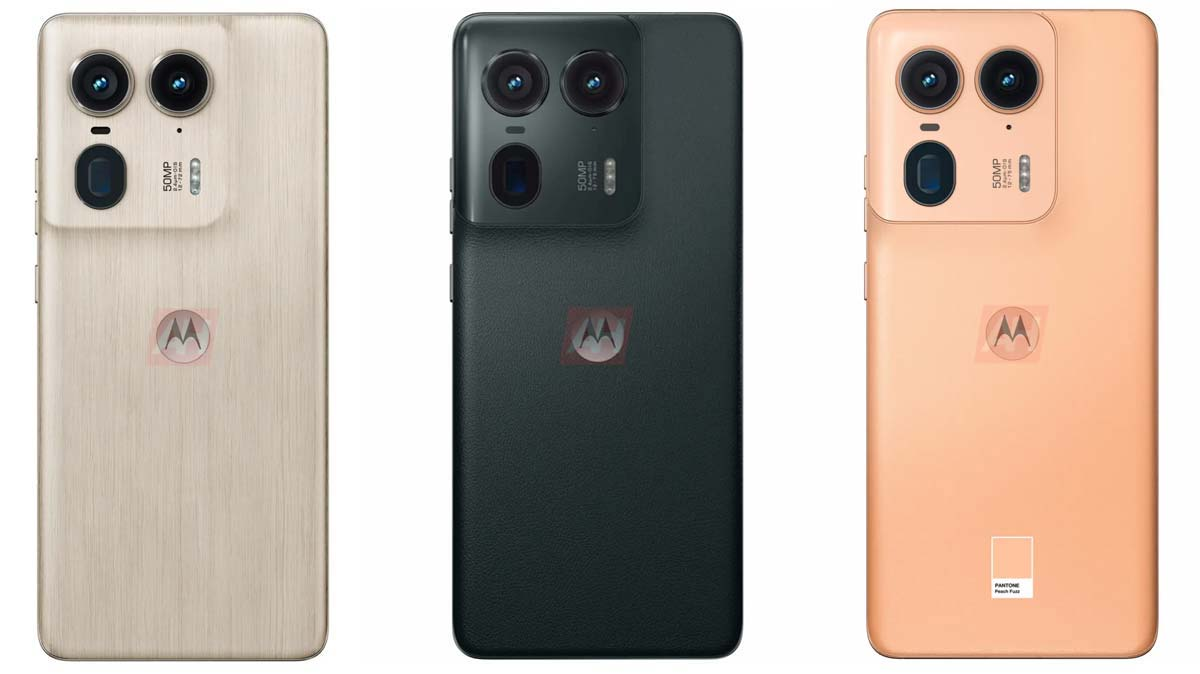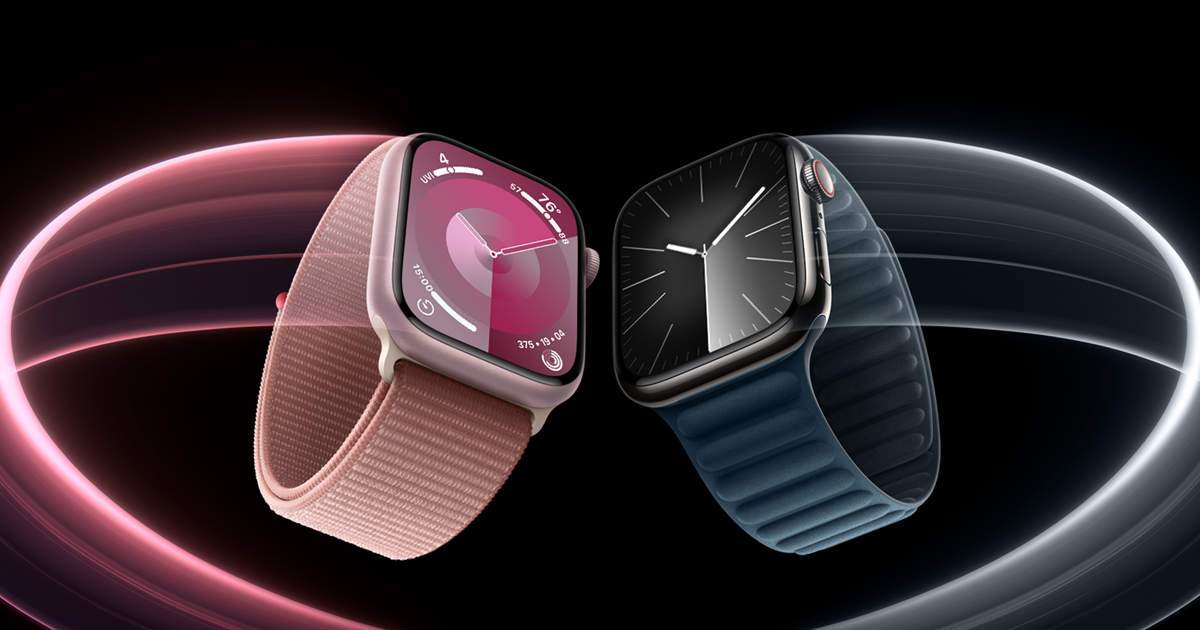As our world becomes increasingly reliant on electronics, the importance of safeguarding personal information has never been more critical. Privacy screen protectors have emerged as a vital solution for those who wish to keep their data secure from prying eyes. These innovative products provide a layer of protection, ensuring that only the user can see what’s on their screen. This article will explore everything you need to know about privacy screen protectors, from how they function to their benefits and the factors to consider when purchasing one.
In a society where we frequently find ourselves working on our devices in public spaces, the risk of visual hacking is higher than ever. Each glance from a bystander can potentially expose sensitive information, from banking details to personal messages. Fortunately, privacy screen protectors are designed specifically to tackle this issue. By understanding their mechanics and benefits, you’ll be better equipped to make an informed decision when it comes to protecting your digital privacy.
How Privacy Screen Protectors Work
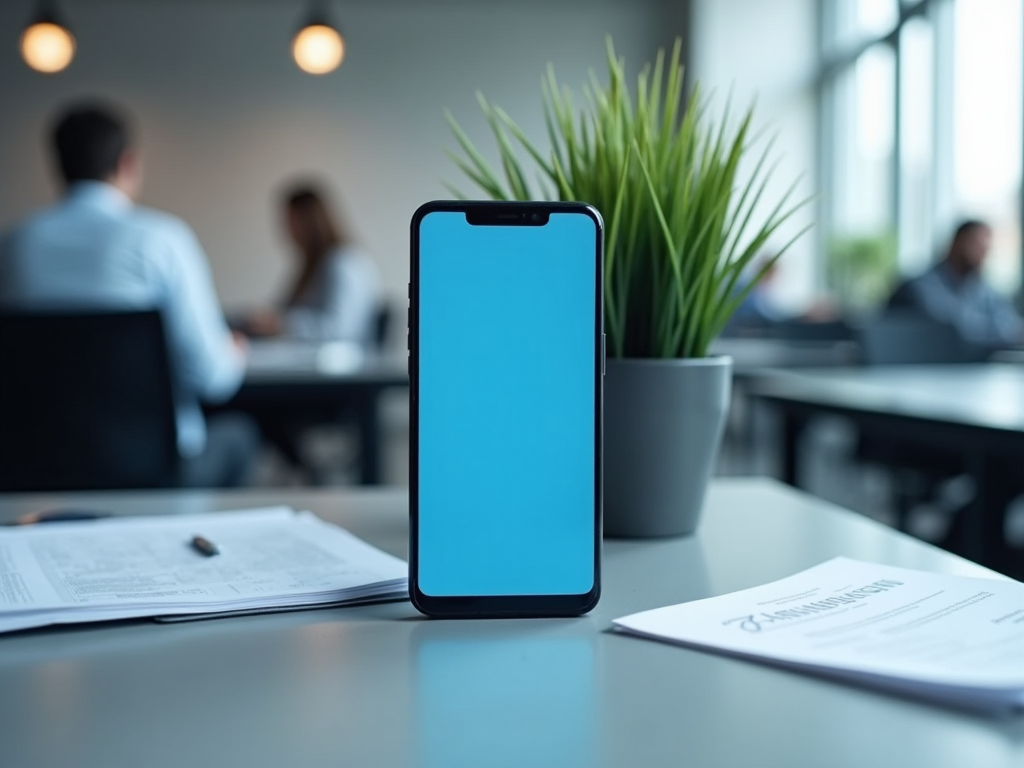
The technology behind privacy screen protectors involves sophisticated optical engineering that limits the viewing angles of your device’s display. These filters are often made using micro-louver technology, where tiny opaque lines block the light from the screen when viewed at certain angles. Users can see their content clearly while those positioned to the sides see only a darkened screen, effectively obscuring sensitive information from prying eyes.
Privacy filters utilize a simple yet effective principle: they narrow the viewing angles. This means that when someone sitting next to you tries to glance at your screen, they will see little more than a black display. They’re ideal for use in crowded environments, such as cafes, public transport, or office spaces. As technology evolves, many privacy screen protectors now come with added features, such as blue light filtering and anti-glare coatings. These features contribute not only to privacy but also to visual comfort during lengthy screen time.
Benefits of Using Privacy Screen Protectors
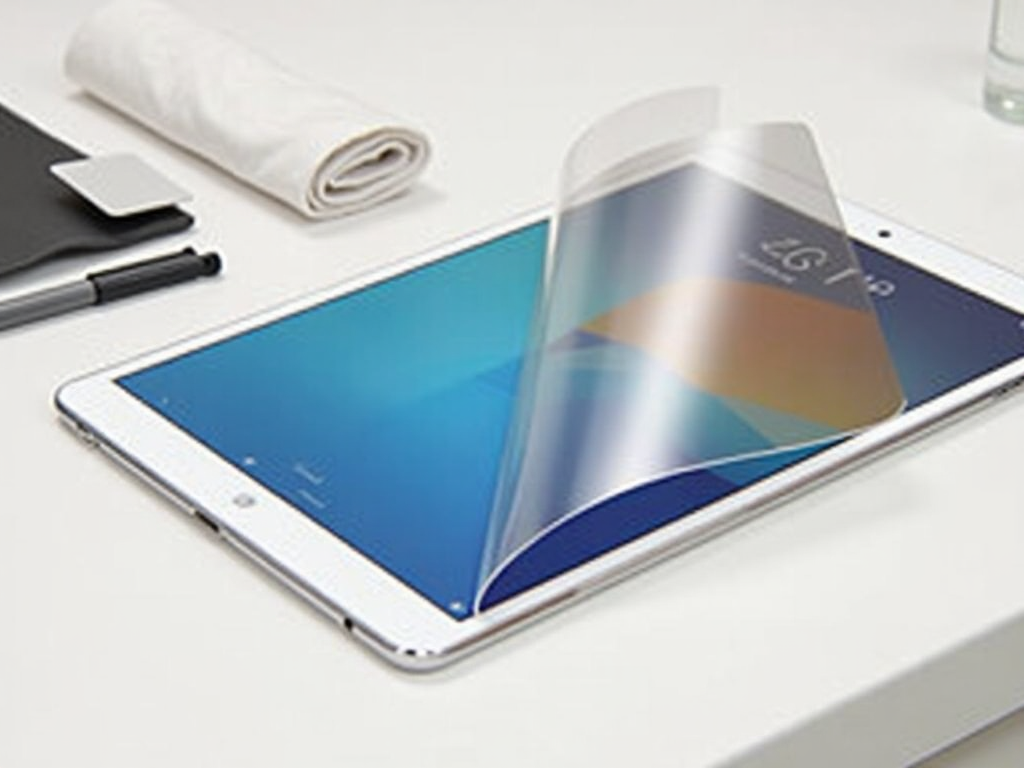
Beyond just safeguarding your information, privacy screen protectors offer several compelling benefits. One of the most significant advantages is protection from visual hacks, which can occur without you even noticing. For anyone who frequently uses their device in a public environment, a privacy screen protector is essential. It allows for peace of mind, knowing that your data is less likely to be intercepted. Moreover, these protectors come with the additional feature of enhancing your screen’s durability.
Protection from Visual Hacks
Visual hacking is a form of data theft that occurs when an unauthorized individual views your screen without your knowledge. This can happen in workplaces, public transport, or crowded coffee shops. A privacy screen protector significantly reduces the likelihood of such breaches, allowing you to work on sensitive projects, check your bank accounts, or communicate through personal messages without fear. This is particularly crucial for professionals who often handle private information in public settings.
Enhanced Screen Durability
In addition to privacy, these protectors also act as a sturdy shield for your screen. Scratches and impacts from everyday use can compromise the integrity of your device, potentially leading to costly repairs. Many privacy screen protectors are made from tempered glass or high-quality plastic, serving as a first line of defense against physical damage. Utilizing a privacy screen protector not only enhances your privacy but also prolongs the life of your device.
Choosing the Right Privacy Screen Protector
With a vast array of privacy screen protectors available on the market, selecting the right one can be daunting. It’s essential to consider compatibility, as not all protectors fit all devices. The size, shape, and even the model of your phone, tablet, or laptop will guide your decision. One important aspect to examine is the level of privacy protection provided, as some models offer stricter privacy features than others.
Key Features to Look For
When selecting a privacy screen protector, keep in mind the following features:
- Compatibility with your device model
- Material quality (tempered glass vs. plastic)
- Level of privacy (standard vs. advanced privacy filters)
- Additional features like blue light protection or anti-glare
- Ease of installation and maintenance
Common Sizes and Formats
Privacy screen protectors come in various sizes and formats to fit different devices. Below is a simple table illustrating some common dimensions:
| Device Type | Common Size (inches) |
|---|---|
| Smartphone | 5.5 – 6.9 |
| Tablet | 7 – 12.9 |
| Laptop | 13 – 17 |
Understanding the specific sizes available can narrow your choices greatly and help you find the perfect fit for your device. Additionally, ensure that any protector you consider is rated for your device model to enhance compatibility.
Installation and Maintenance Tips
Once you’ve chosen a privacy screen protector, proper installation and care will help maximize its effectiveness. It’s crucial to follow the manufacturer’s guidelines for installation. A poorly applied protector can lead to air bubbles and reduced visibility, which can defeat the purpose of having the screen in the first place.
Step-by-Step Installation Guide
To install your privacy screen protector effectively, follow these steps:
- Clean your device’s screen thoroughly with a microfiber cloth.
- Align the protector carefully, ensuring it matches the edges of your screen.
- Start applying from one edge, gradually smoothing it over the surface.
- Use a credit card to smooth out any air bubbles that may form.
- Check for proper adherence and reposition if necessary.
Cleaning and Care Recommendations
Keeping your privacy screen protector clean is essential for maintaining visibility and protecting against wear and tear. Use a light cleaning solution specifically designed for electronic screens, paired with a soft cloth. Avoid using abrasive materials that could scratch the screen. Regularly inspecting your privacy filter for damages will ensure it continues to protect your information effectively.
Conclusion
In today’s ever-connected world, privacy screen protectors serve as a crucial line of defense against visual hacking and data theft. They offer not only enhanced privacy but also added durability for your screens. By understanding how they work, their many benefits, and the necessary steps for choosing and maintaining the right protector, you can significantly improve your digital safety. Whether you frequently work on the go or simply want to add an extra layer of security, investing in a privacy screen protector is a wise and necessary choice.
Frequently Asked Questions
- What devices can use privacy screen protectors? Privacy screen protectors are available for smartphones, tablets, laptops, and monitors.
- Do privacy screen protectors affect screen brightness? Most privacy screen protectors maintain visual clarity; however, some may slightly reduce brightness under certain angles.
- Can I use a privacy screen protector with a case? Yes, most privacy screen protectors are compatible with cases—just ensure proper dimensions before purchasing.
- Will a privacy screen protector block notifications? No, notifications will still be visible; however, onlookers won’t be able to see your screen content.
- Are there privacy screen protectors for curved screens? Yes, specialized privacy screen protectors are available for devices with curved or unique screen shapes.
